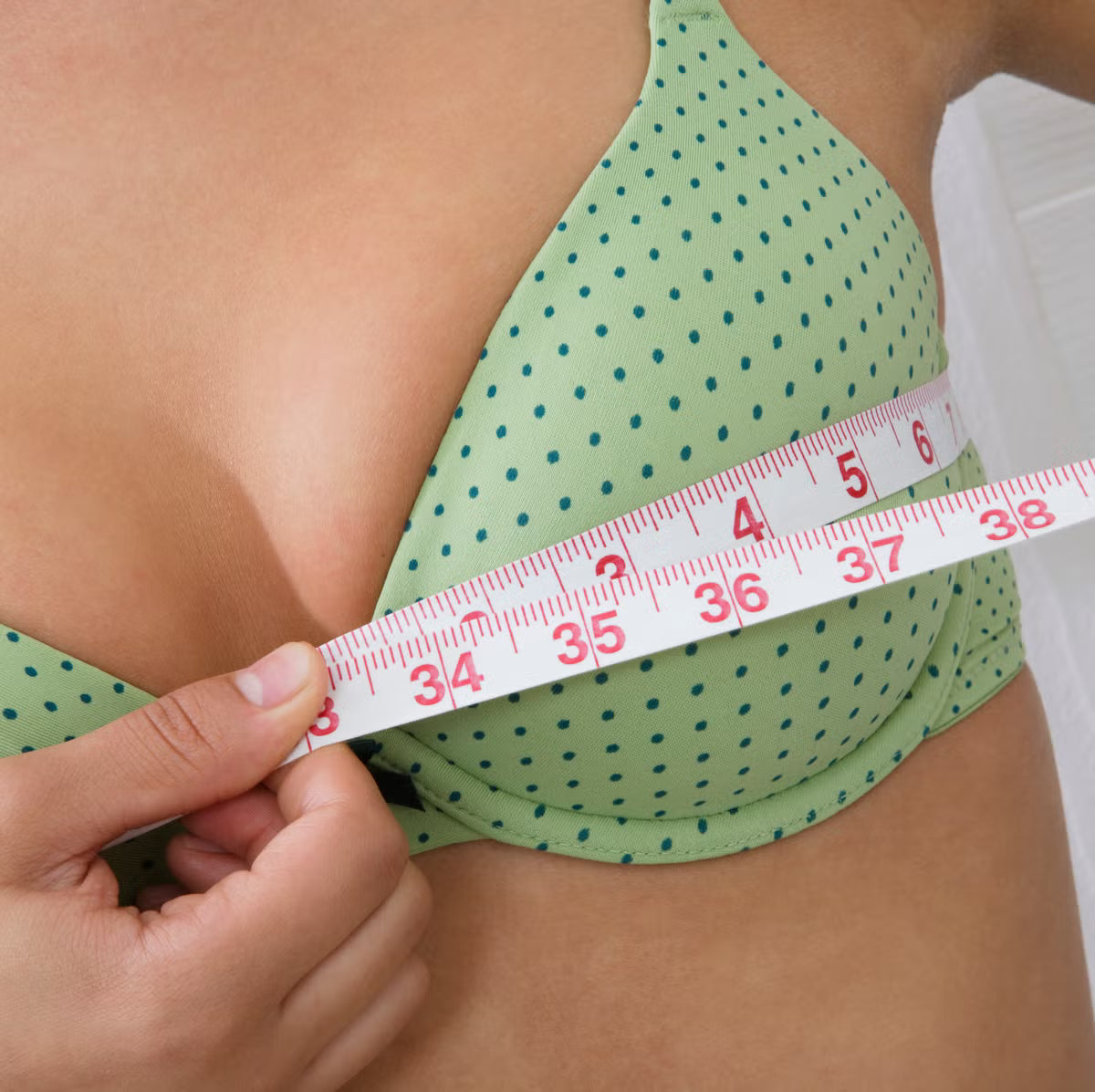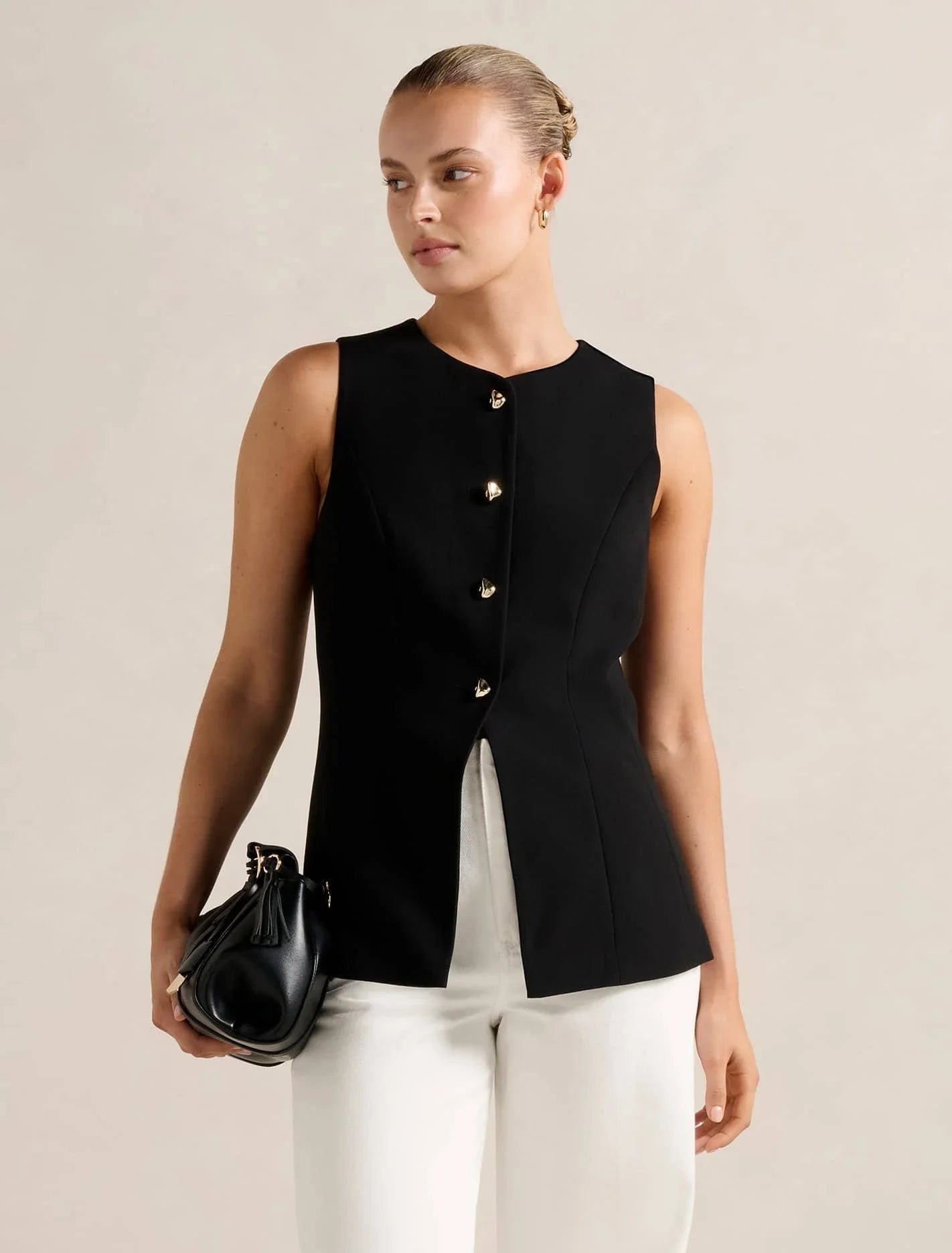Bust Size Woman: Understanding Measurements and Fit

Bust size refers to the measurement around the fullest part of a woman’s chest. Knowing your bust size woman is crucial for finding a well fitting bra, which is essential for comfort, support, and overall health. This article will guide you through understanding measurements and choosing the right bra for your bust size.
Understanding bust size and proper bra fitting is essential for comfort, posture, and overall health.
Accurate measurement of both bust and band sizes is crucial, as many women wear improperly fitting bras that lead to discomfort.
Bra sizing varies internationally, making it necessary to refer to local sizing charts to ensure an accurate fit when shopping abroad.
What is Bust Size and Why It Matters

Bust size is the measurement taken around the fullest part of a woman’s chest, typically at nipple height. This measurement is fundamental as it forms one half of the bra size equation, the other being the band size. When we talk about bra sizes, we’re referring to a combination of these two measurements: a number representing the band size and a letter indicating the cup size. This understanding is essential because a well fitted bra affects both aesthetics and comfort.
Knowing your bust size matters immensely. It impacts your daily comfort, posture, and overall health. Wearing the correct bra size can alleviate discomfort, prevent sagging, and even improve your confidence by providing the right support and shape for your breasts.
This knowledge enables you to choose lingerie wisely, ensuring you always feel your best.
Historical Context of Bust Measurements
The concept of measuring bust size has a rich history. The term ‘bust’ to describe women’s breasts originated in the 1690s, a time when Western women predominantly wore corsets. These garments focused more on shaping the torso than providing actual support. It wasn’t until 1911 that Madeleine Gateau patented a brassiere with a metal band and soft cups, marking a significant departure from traditional corsetry.
Fast forward to the 1930s, when Warner’s introduced the Alphabet Bra, pioneering the concept of cup sizes that considered breast volume. By the late 1930s, bra sizes A to D became widely adopted, and after World War II, the band measurement system became prevalent among U.S. manufacturers, standardizing bra sizing.
Despite these advancements, inconsistencies in cup sizes across different manufacturers still exist, complicating the bra shopping experience for many women.
Measuring Your Bust Size Accurately

Accurate bust measurement is the cornerstone of finding a well fitted bra. It involves measuring both the fullest part of your bust and the under bust area to determine your band size. Using a flexible tape measure, and ensuring you stand straight while measuring, can help you achieve a precise result.
Let’s delve into the specifics of these measured measurements and their medium measures table chart compared variation meaning.
Measuring the Fullest Part of Your Bust
To measure your chest for bra sizing:
-
Use a flexible tape measure at the outside of your chest, under your arm, and across the fullest part of your breasts.
-
Ensure the tape is level and snug but not tight.
-
Make sure the tape runs horizontally around your body.
This measurement is crucial as it directly influences the cup size of your bra, ensuring a comfortable and supportive fit.
Wearing a well fitted bra while measuring can help reflect your true bust size. Standing straight with relaxed arms, ensuring the tape measure is at nipple height and not twisted. This simple step guarantees an accurate measurement, leading to a perfect fit.
Determining Band Size
To measure your band size:
-
Measure the under bust area directly underneath your breasts.
-
Ensure the tape measure is level and snug around your torso, but not too tight.
-
Remember that accurate measurement is crucial since the band provides most of the bra’s support.
To determine your band size:
-
Use your even under bust measurement as your band size.
-
If your measurement is odd, round down to the nearest even number.
-
Ensure the tape measure is horizontal to achieve an accurate figure.
An incorrect band size can cause discomfort and inadequate support.
Calculating Cup Size
Subtract your band size from your bust size to calculate your cup size and band and cup sizes. The difference in inches determines your cup size according to standard size charts. For instance, a one inch difference usually equates to an A cup, while a two inch difference corresponds to a B cup.
This calculated value is essential for finding a well fitting bra that offers the necessary support.
Common Mistakes in Bra Sizing

Despite the importance of accurate bra sizing, many women face common pitfalls:
-
Research shows that 70-85% of women wear improperly fitting bras.
-
The most frequent mistake is selecting a back band that is too large and a cup that is too small.
-
This leads to inadequate support and discomfort.
Additionally, 76% of women overestimate their band size, choosing bands that are too large, which affects the bra’s fit and support. Wrinkling or spilling over of the cups clearly indicates incorrect sizing.
Adhering to accurate measurement instructions and using reliable bra size calculators can help avoid the most common mistake.
Signs of Poor Bra Fit
Wearing a poorly fitted bra can lead to various discomforts and health issues. Common signs that your bra is too tight or not properly fitted include:
-
Red marks and chafing
-
The underwire digging into your breast tissue
-
The bra’s center panel not laying flat against your sternum, suggesting the cup size may be too small.
Conversely, excess fabric in the cup area or breasts spilling over the edges indicates a need to adjust your cup size. A proper fit alleviates these issues, offering better support and comfort throughout the day.
Variations in Bra Sizes Across Different Countries

Bra sizes can vary significantly across different countries, making international shopping a challenge. Here are some key differences:
-
In the US and UK, cup sizes increase by one inch.
-
Many other countries use a 2 cm increase for cup sizes.
-
Australia and New Zealand follow UK labeling for cup sizes but switch to European labels for larger sizes.
Understanding these variations is key for accurate sizing. For example, band sizes in Belgian, French, and Spanish systems are 15 cm greater than in the European system. This inconsistency underscores the need to refer to local sizing charts and exercise caution when shopping internationally.
Finding the Perfect Bra for Your Bust Size

Finding the perfect bra involves more than just knowing your bust size. Different styles cater to different needs. For smaller busts, a padded bra can enhance volume and create a fuller silhouette. Full coverage bras are ideal for larger busts, providing more support and comfort.
Proper breast support from a well fitted bra helps maintain breast shape and minimize sagging over time. Wearing the right size boosts confidence by enhancing both clothing fit and overall comfort.
Knowing your bust size helps you choose the right bra style, ensuring comfort and support.
How Breast Shape Affects Bra Fit
Breast shapes vary widely, affecting how different bras fit and support. Women with asymmetrical breasts may need additional adjustments for optimal fit. For side set shapes, bras with demi cuts or push up padding can reduce gaping and provide better support.
Relaxed breast shapes benefit from structured bras that offer lift, managing gaping at the tops of the cups. Low profile shapes may require unstructured designs like bralettes to prevent gaping and ensure a snug fit.
Recognizing your breast shape aids in selecting a bra that fits perfectly and feels comfortable.
The Role of Properly Fitted Bras in Health
A properly fitted bra is crucial for both comfort and health. Bad fitting bras can cause discomfort and pain. Insufficient breast support can lead to musculoskeletal pain, impacting physical activity.
Body changes from weight fluctuations or pregnancy can alter your bra size, necessitating regular measurements to ensure proper fit and support. A well fitting bra can prevent these issues, promoting overall health and well being.
Online Tools for Bra Sizing
Online bra sizing tools are incredibly helpful for finding your approximate fit. These calculator tools let you input measurements and select your preferred sizing system, whether metric or imperial.
Many websites provide community support and discussions, where users share experiences with various bra sizing tools. Using these resources simplifies finding a well fitted bra.
Summary
Understanding your bust size is crucial for finding a bra that offers comfort, support, and confidence. Accurate measurements, awareness of common sizing mistakes, and knowledge of how breast shape affects fit are all essential. Whether you’re shopping locally or internationally, these insights will help you navigate the world of bra sizing with ease. Embrace this knowledge and enjoy the confidence that comes with wearing the perfect bra.
Frequently Asked Questions
How do I measure my bust size accurately?
To measure your bust size accurately, wrap a flexible tape measure around the fullest part of your bust while standing straight, ensuring the tape is snug but not tight. This will provide you with the correct measurement.
What should I do if my breasts are asymmetrical?
If your breasts are asymmetrical, consider wearing bras with adjustable features or padding to effectively address the size difference. This solution can help create a more balanced appearance.
Why do bra sizes vary across different countries?
Bra sizes vary across different countries due to differing measurement increments and sizing systems, making it essential to consult local sizing charts when shopping internationally.
How often should I measure my bust size?
You should measure your bust size regularly, particularly after significant weight changes or pregnancy, as these factors can affect your bra size. Keeping your measurements updated ensures a proper fit.
What are the signs of a poorly fitted bra?
A poorly fitted bra typically presents red marks, discomfort, and underwire digging into breast tissue, along with breasts spilling over the edges. These indicators suggest that a reassessment of your bra size and style is necessary.


